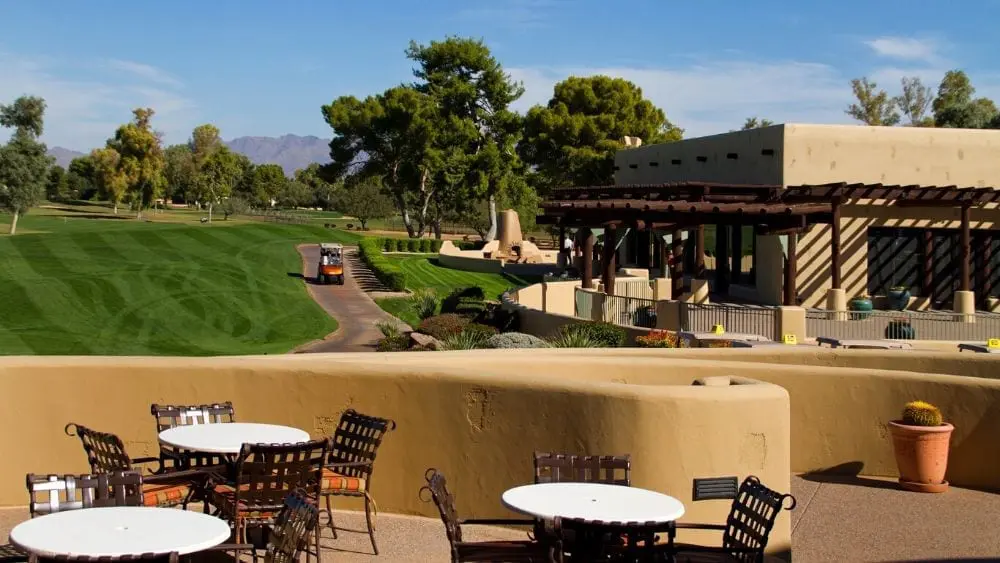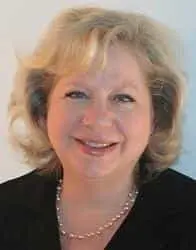
Nearly
every planned community has one: a clubhouse with an open area for events and smaller
rooms for classes or activities. In some communities, a catering kitchen, a
private dining room, a lounge with a fireplace or a patio with a fire pit add
pizzazz to this communal space. No matter the size or features available in
your community clubhouse, it’s primary function is to help you engage with your
neighbors and friends.
While
some larger communities have an events coordinator who plans bigger activities,
resident-organized clubs and experiences offer opportunities to pursue
interests and meet your neighbors.
“Residents
are not coming to activities to look at a show,” says Francine Wallace, vice
president of 55-plus operations for Pardee Homes and Altis, an active adult
community in Beaumont, California. “They are the show.”
Regularly
scheduled activities at Altis include a Sunday evening “mingle by the fire” for
homeowners and prospective residents.
“We
bought here because we loved the idea of having lots of activities,” says Toni
Mrkva, the first resident to move into Altis, along with her husband Daron.
The
couple love the fireside events, which typically have a musician and games, as
well as weekly painting classes, trivia nights, and occasional events such as a
“glow-in-the-dark” bocce ball night, a comedy show, and a line dancing evening.
How to Use Your Clubhouse
While
clubhouse gatherings can be scheduled around seasonal events, the array of
activities and clubs is limited only by the imagination of residents and staff.
Some creative ideas to consider:
1. Start a Club for Any Interest
At Terramor, a planned community in Corona, California, more than 20 resident groups have formed in the two years since the community opened, such as a bocce ball group, a Bible study group, a breakfast club, a scrapbooking club and a rummy club for playing cards, says Sarah McPherson, Terramor’s marketing and lifestyle manager.
At Willowsford, a planned community in Ashburn, Virginia, the
array of groups includes a brew club that visits local breweries, a wine
tasting club and a garden club, says Susan Walters, lifestyle director at Willowsford.
2. Take a YouTube Class
You can learn almost anything by YouTube, so instead of hiring an art teacher or a music teacher, a small group can gather to learn to paint or play guitar by watching a video and practicing together.
3. Learn to Cook or Make Cocktails.
Whether you bring in a local chef or bartender for an evening or rely on a talented resident, cooking and cocktail-making classes are popular with residents, says Kriste Klepper, marketing manager for the Tellus Group and Windsong Ranch, a large planned community in Prosper, TX.
Many of your neighbors have surprising and fascinating stories to tell about their past or their family history. It may take a little prompting to get people to talk, but the result can be deeper connections.
5. Learn Something New
In every community, there are teachers, writers and experts in every field with something to share. Windsong Ranch plans to establish “Lunch-and-Learn” sessions during the week for the 55-and-older residents.
6. Go With a Theme
Some of the most popular events at Willowsford have been themed parties, including a magic show for families and a “Havana Nights” party with a dance instructor and Cuban food and cocktails, says Walters.
7. Watch a Film or Special TV
If your clubhouse has a large-screen TV, it’s possible to screen films and see your favorites on the big screen again. A movie club meets often at Terramor for watching films and discussing movies.
You can organize a watch party for events such as the Super
Bowl or the Grammys or a binge-watching evening – or monthly evening – of “Game
of Thrones” or another favorite.
8. Party With Your Neighbors
Whether it’s a wine-and-cheese social or a pot-luck dinner, a clubhouse offers a large space for communal hosting that make it easier for neighbors to gather in numbers that might be too large for a single family home.
9. Throw a Private Party
Whether you use a large reception area or a smaller activity room, hosting a birthday party for kids can be much simpler away from your own home and your kids’ toys. The mess and the little ones can be contained.
Hosting an adult party for an anniversary or birthday can also
be easier when you have a designated bar area, a catering kitchen and a venue
with enough room for all your guests. Some clubhouses have space for a dance
floor, too.
10. Host a Wedding or a Shower
Instead of limiting your list to the number of people who can fit in your living room or garden, host a wedding or baby shower in a clubhouse with space for a crowd. Reserve the space well in advance to avoid conflicts with other activities.
11. Swap Babysitting Duties
A community clubhouse can be a great place to meet other parents to organize a babysitting co-op or just to socialize and share experiences raising young children.
12. Sing it Out at a Karaoke Night
You can rent or borrow a karaoke machine for a fun night with your neighbors or make it a private party with friends.
13. Play Games
At Terramor, groups meet monthly or weekly to play bunco, mah-jongg and rummy. A one-time game night for your friends and family can be organized or you can start a regular group to meet for board games and camaraderie.
14. Test Your Memory
Whether you bring in a professional trivia organizer or try a DIY quiz night, a clubhouse can be a good place to set up a recurring trivia evening with regular teams or a one-time event.
15. Give Love to Your Community
The “Willowsford Cares” community service group supports local charities with events such as toy, clothing and food drives. Other service-oriented work could include organizing a tutoring program for local children at the clubhouse or a community clean-up day.
Promoting activities for greater participation
If you
want to attract new friends and neighbors, you may need to market clubs and
activities. Old-fashioned printed flyers remain a good way to advertise events,
but some more modern options are also popular.
At
Windsong Ranch and Willowsford, residents can follow a community Facebook page
and get updates via a website and weekly emails.
If
you’re inspired to start or revamp your community’s activities, Wallace
suggests scheduling a forum with residents to brainstorm about creative ways to
have fun while getting to know your neighbors. Ask each other for ideas and
suggestions of local authors, musicians and teachers who might be willing to
give a talk or performance at your clubhouse.
“Sometimes it takes time to build a group but
being consistent and holding events at the same time such as every Monday or
the second Sunday of the month is helpful,” says Wallace.
Whatever
you do, be persistent, says Wallace, because the results is a sense of
community that everyone can enjoy.

Michele Lerner is an award-winning freelance writer, editor and author who has been writing about real estate, personal finance and business topics for more than two decades.
 Bottoms Up – Are You Ready for Your Own Wine Room?
Bottoms Up – Are You Ready for Your Own Wine Room?